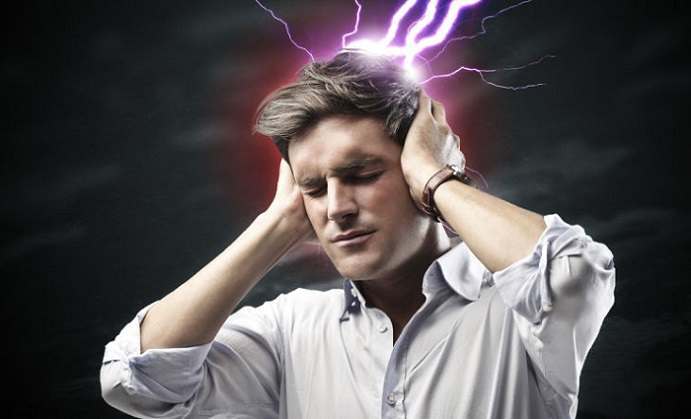When one talks about migraines then it is seen as a severe headache which has a repeated occurrence. Such headaches last for a few hours to a few days and are usually accompanied by vomiting, a feeling of nausea and sensitivity to either light or sound. Such types of headaches have a throbbing pain and can be felt on one side of the brain. Many times they are misdiagnosed and termed as caused due to tension or sinus but that is not the case. The severity of a migraine can disrupt your daily activity. Their occurrence can range from being on a daily basis to as rare as once in a year. The age group that experiences such headaches are from the age 25- 55. Teens and children can also suffer from it. In comparison to men, women are more likely to suffer from migraine. One in sixteen men endure migraine and one in five women. There are many kinds of migraine are following are a few of them listed-
 Migraine that is accompanied with aura – This form of migraine is found in 1/5 of the people suffering from this disease. Auras appear during a migraine and can occur after the headache is over.
Migraine that is accompanied with aura – This form of migraine is found in 1/5 of the people suffering from this disease. Auras appear during a migraine and can occur after the headache is over.
Patients see zigzag lines, at times spots or even flashing lights. Included is the feeling a strange taste in the mouth, numbness, difficulty in speaking, smelling a funny odor or even experience ringing in the ears.
Migraine that does not have aura – More than eighty percent of patients suffer from this type and no auras occur. The symptoms that occur with this form of headache are anxiety, fatigue, fuzziness of the mind and changes in mood.
Basilar Artery Migraine– This headache is accompanied by aura and happens at the back of the head causing hearing disturbances, changes in vision, confusion, dizziness and speech problems. It affects young people and is traced to changes in the hormones.
Chronic Migraine– Also called Transformed Migraine is difficult to treat and becomes a continuous headache. Also called tension headache or coexisting migraine.
 Familial Hemiplegic Migraine– In this rare form of migraine, a part of the body goes numb or there is a temporary paralysis of the motor functions.
Familial Hemiplegic Migraine– In this rare form of migraine, a part of the body goes numb or there is a temporary paralysis of the motor functions.
Status Migrainosus– In this form of migraine, hospitalization becomes necessary as the severe headache can remain up to 72 hours.
Retinal Migraine– This also known as ocular migraine and not necessarily accompanied by a headache but can lead to temporary complete or partial loss of eyesight in one of the eyes for an hour.
Ophthalmoplegic Migraine– In this form of migraine, there can be complete nerve paralysis which is necessary for the movement of the eyes and emergency treatment would be required.
Abdominal Migraine– Severe pain in the abdomen followed by vomiting or nausea and can last up to 72 hours. It occurs in children who have migraine in their family history. These children suffer from migraines without aura later on as adults.
Menstrual Migraine– Sixty to seventy percent of women suffer from this kind of migraine where during a menstruation the fluctuating levels of estrogen is the reason behind this headache.
Do you want to find an effective Migraine treatment? Check out our top rated Migraine products











